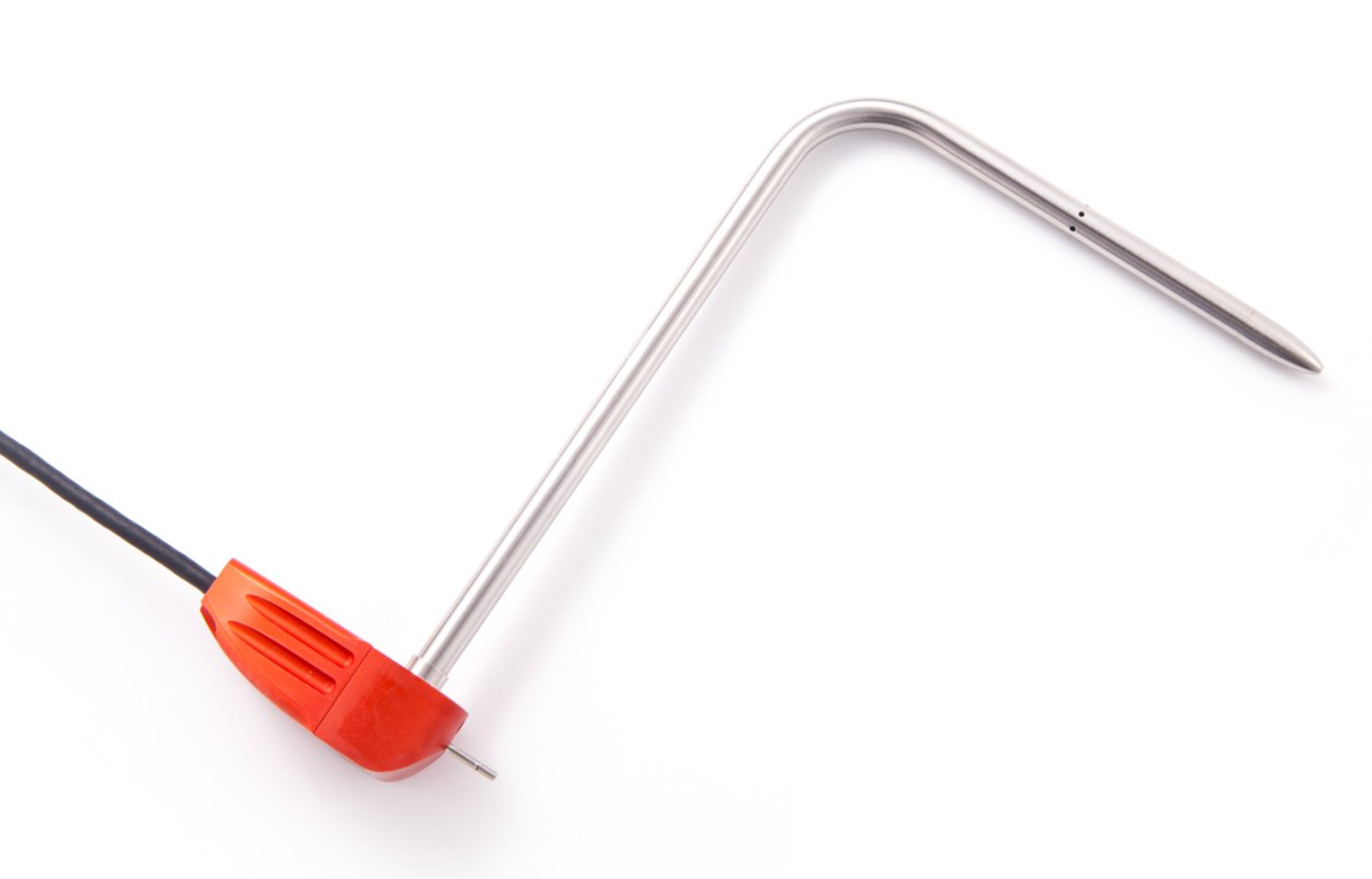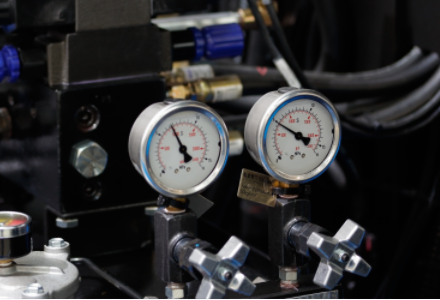The airspeed tube is an extremely important measurement tool on an aircraft. It must be installed in an area outside the aircraft where the airflow is less affected by the aircraft, usually directly in front of the nose, in front of the tail or wingtip. Also, for insurance purposes, an aircraft is usually equipped with more than two pairs of airspeed tubes. Some aircraft have 2 small airspeed tubes on both sides of the fuselage.
The U.S. stealth fighter F-117 has four omnidirectional atmospheric data probes installed at the very front of the nose, so the aircraft can not only measure the dynamic and static atmospheric pressure, but also the aircraft's side slip angle and angle of approach.Some aircraft on the outside of the airspeed tube is also equipped with a few small blades, can also play a similar role; vertically mounted to measure the aircraft side slip angle, horizontally mounted blades can measure the aircraft head-on angle, in order to prevent the front of the airspeed tube small hole in the flight ice blockage, the general aircraft airspeed tube have electric heating device. The static pressure measured by the airspeed tube can also be used as a calculation parameter for the altimeter. If the membrane box is completely sealed, the pressure inside always remains equal to the pressure of the ground air.When the aircraft is in the air, the altitude increases, the static pressure measured by the airspeed tube decreases, the membrane box will bulge, and the aircraft altitude can be measured by measuring the deformation of the membrane box. This kind of altimeter is called barometric altimeter. The static pressure measured by the airspeed tube can also be used to make a "lift speed meter", which measures how quickly the aircraft changes altitude (rate of climb).There is also a membrane box inside the meter, but the pressure inside the box is not based on the dynamic pressure measured by the air velocity tube, but is measured by a special tube with a small hole at the outlet. The size of the hole in this tube is specially designed to limit the speed of the pressure change inside the cassette.If the aircraft rises very fast, the air pressure inside the membrane box is constrained by the small hole and cannot fall quickly, while the air pressure outside the membrane box can reach the pressure equivalent to the outside atmosphere very quickly because of the static pressure hole on the direct airspeed tube, so the membrane box bulges. Measure the size of the deformation of the membrane box can calculate the speed of the aircraft rise.When the aircraft is descending, the situation is the opposite. The pressure outside the diaphragm box increases rapidly, while the air pressure inside the box can only rise slowly, so the box sinks, driving the pointer and showing the negative climb rate, i.e. the rate of descent. After the aircraft leveled off, the air pressure inside and outside the diaphragm box gradually equalizes, the diaphragm box returns to its normal shape, and the lift speed meter indicates zero. The speed measured by the airspeed tube is not the true speed of the aircraft relative to the ground, but only relative to the atmosphere, hence the name airspeed.If there is wind, the speed of the aircraft relative to the ground (called ground speed) should also be added to the wind speed (flying downwind) or subtracted from the wind speed (flying against the wind). In addition, the principle of airspeed tube speed measurement to the dynamic pressure, and the dynamic pressure and atmospheric density related.For the same relative air velocity, if the atmospheric density is low, the dynamic pressure will be small and the deformation of the diaphragm box in the airspeed meter will be small. So the same airspeed, the indication value at high altitude is smaller than at low altitude. This airspeed is generally called "table speed".Modern airspeed meters have two hands, one thinner and one wider. The wide pointer indicates the "gauge speed", while the thin one indicates the airspeed at the equivalent of ground atmospheric pressure with various corrections, called "real speed". The Pitot tube is used to measure aircraft speed, but also has a variety of other functions.In scientific research, production, teaching, environmental protection, as well as tunnels, mine ventilation, energy management departments, the Pitot tube is commonly used to measure the velocity of airflow in ventilation ducts, industrial pipelines, furnace flue, after conversion to determine the flow rate, but also to measure the velocity of water flow in the pipeline.The use of a Pitot tube to measure velocity and determine flow has a reliable theoretical basis, is easy to use and accurate, and is a classical and widespread measurement method. In addition, it can also be used to measure the pressure of a fluid.









